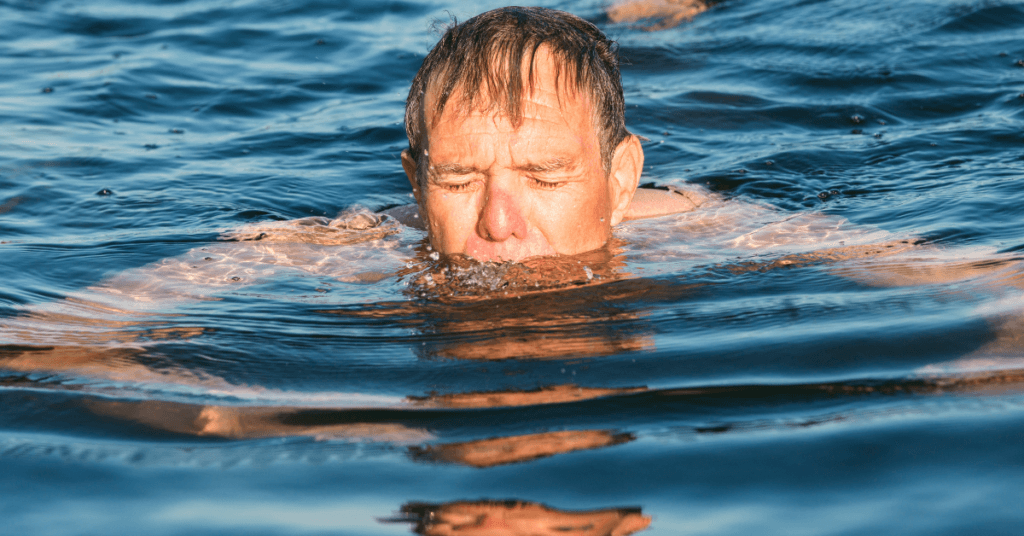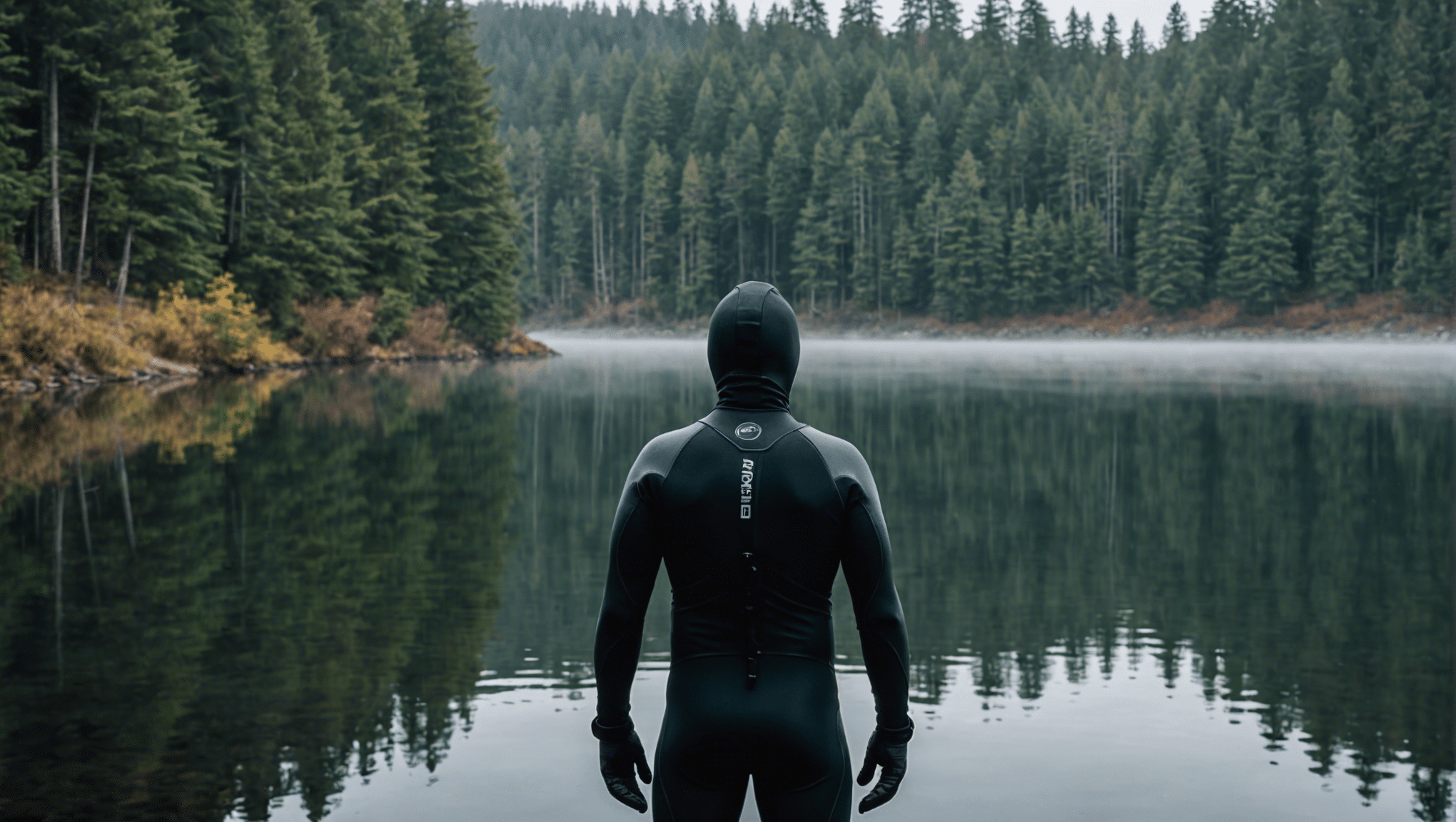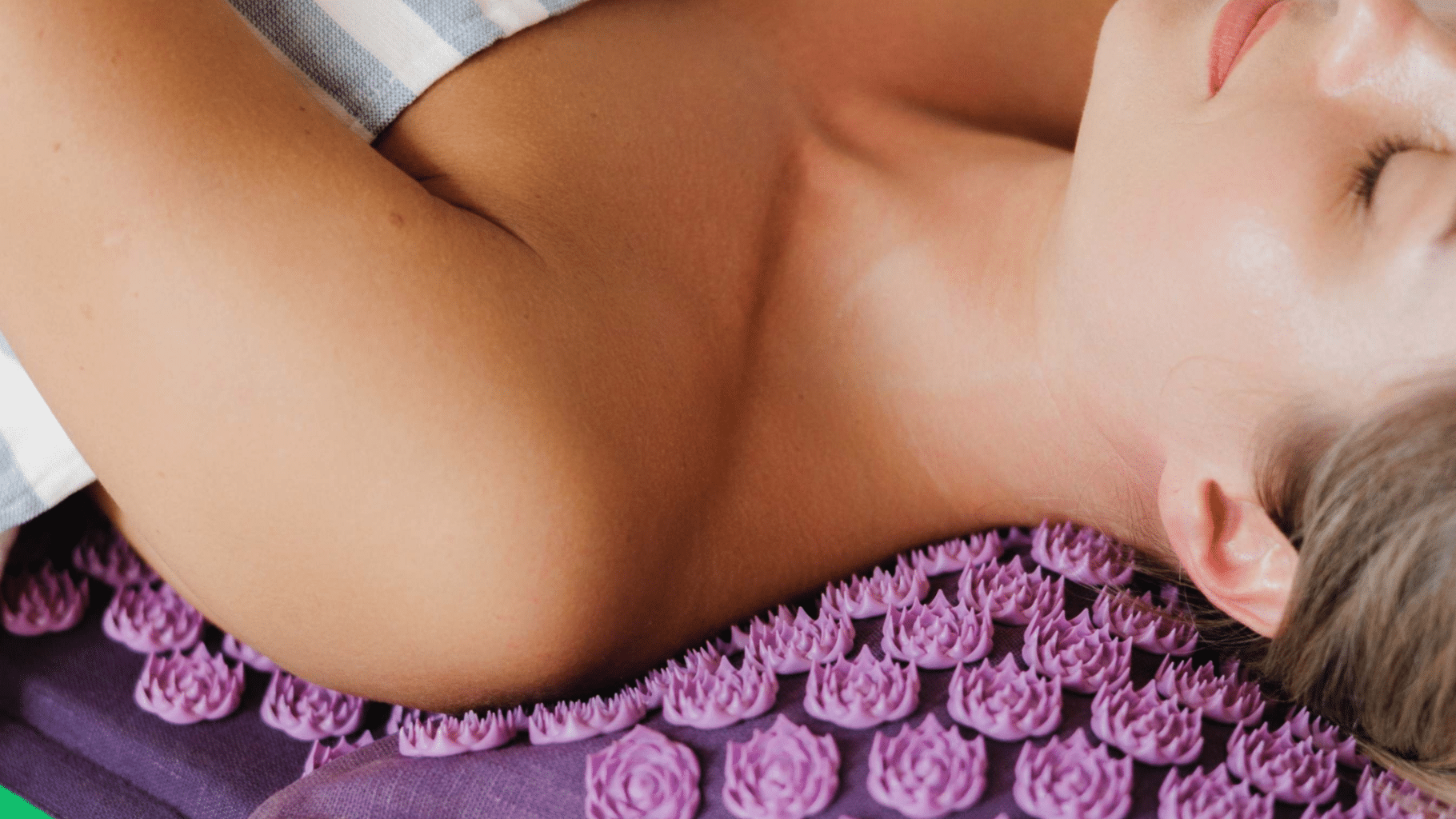Cold water swimming is getting more popular every day. It offers a unique mix of challenges and health perks. People who try it see improvements in their blood flow, immune system strength, and mental health 1. It’s a great way to boost how you feel and stay fit.
What are the benefits and risks of cold water swimming?
Cold-water swimming boosts immune function, circulation, and mental health but carries risks like hypothermia and cold-water shock. Best practices include gradual acclimatization, appropriate gear like wetsuits, and choosing safe, well-known locations to minimize risks and improve technique.
This blog is part of a series on “cold exposure.” The next blog is about the benefits of ice baths.
Key Insights for Cold Water Swimming Enthusiasts
- Health Benefits: Enhances immune function, circulation, and reduces inflammation.
- Risks: Be aware of hypothermia and cold water shock; prepare accordingly.
- Acclimatization: Start with cold showers, gradually increase exposure to cold water.
- Essential Gear: Invest in a quality wetsuit, neoprene gloves, and a woolly hat or cap.
- Best Practices: Swim in safe, supervised areas and monitor water temperature closely.
- Getting Started: Join a local cold water swimming club for support and guidance.
- Improvement Tips: Focus on building endurance and technique in cold conditions.
Health Benefits of Cold Water Swimming
Cold-water swimming can rev up your health. It boosts circulation and the immune system and helps lower inflammation. Regular dips in the cold can help your blood pump better, making you feel more alive and kicking. Who knew chilling in the water could warm up your health so much?
It’s not just about the body, though. Hitting the cold waters can sharpen your mind, too. The mental clarity that comes from a swim in chilly waters is similar to the effect of cold showers—refreshing and invigorating. Plus, it’s a natural mood lifter. So, if you’re feeling down, maybe it’s time to swim it off!
The water’s cold embrace helps with stress, too. Think of it as a chilly stress ball. Every stroke you take challenges your muscles and teaches you to stay calm under pressure. It’s like getting a pep talk from Mother Nature herself!
And let’s not forget that regularly engaging in this endurance exercise can transform your body’s ability to handle colder temperatures. Better blood flow, better mood, better you!
Understanding the Risks
Now, let’s splash into some cold, hard truths. Cold water swimming isn’t all sunny skies. Hypothermia is risky if you’re not careful, especially when the water’s freezing. And remember, cold water shock can take your breath away, and not in the romantic movie kind of way.
But don’t let this cool your enthusiasm! With the right approach, you can manage these risks. It’s about knowing your limits and listening to your body. Don’t push for that extra lap if it’s screaming for a warm blanket.

Also, bear in mind the importance of swimming safely. It’s not just about dodging the icebergs. Ensuring you’re in a safe environment and keeping an eye on the temperature can help you avoid unwanted chills. Always have a plan for staying warm immediately after your swim.
Acclimatization Techniques
Getting used to the cold is an art and a science. Start with cold showers at home. They’re like a rehearsal for the big icy show. Gradually decrease the water temperature daily so that when you hit the real cold water, it’s not a shock to your system.
Acclimatizing helps your body redirect blood from your extremities to your core, crucial in maintaining your core temperature. It’s like your body is huddling internally for warmth. This internal cuddle helps keep your vital organs toasty while your limbs are in the icy soup.
Another tip is to practice mindful swimming. Be present in the moment and focus on your breathing. It’s not just about enduring the cold but embracing it. Let the water teach you about resilience and strength.
Essential Gear for Safety
Wearing the right outfit can make or break your cold water swimming experience. Neoprene gloves, for example, are not just a fashion statement—they’re your hands’ best friends in icy conditions.
A wetsuit is another must-have. It’s like a cozy hug that keeps your body heat from escaping into the ocean’s refrigerator. And let’s not forget a good old woolly hat or a neoprene cap to keep your noggin warm.
| Gear/Technique | Description | Benefit |
|---|---|---|
| Wetsuit | Insulating suit made of neoprene. | Preserves body heat in cold water. |
| Neoprene Gloves | Gloves designed to provide thermal protection. | Keeps hands warm and functional. |
| Woolly Hat/Neoprene Cap | Headwear to prevent heat loss. | Reduces heat escape from the head. |
| Cold Showers | Gradual exposure to cold water at home. | Prepares body for shock of cold swims. |
| Mindful Swimming | Focusing on breath and presence in the water. | Enhances mental resilience and stress management. |
Investing in the right gear can dramatically improve your cold water adventures. It’s like turning on the heat in your car before you brave the snow—essential for comfort and safety.
Locations for Cold Water Swimming
Finding the perfect spot for your cold water swim is key. Look for places known for their clean and safe waters. Lakes, rivers, and even the sea can be great if monitored and maintained well.
Check local swimming clubs or online forums for recommendations. Other swimmers’ experiences can guide you to the best spots with the right cold water.
And if you’re feeling adventurous, why not explore a bit? Travel to famous cold water spots around the world. Just make sure they match your swimming skills and acclimatization levels.
Always check the local weather and water conditions before you dive in. It’s better to know before you go. That way, you can enjoy the chill without the spill. And do not go alone!
Personal Thoughts
In my experience, the occasional cold-water swimming has been a practical addition to managing my chronic stress. The physical shock and subsequent calm have helped reset my alertness, gently nudging my body toward relaxation.
While not a magic solution, it has contributed to a more balanced approach to stress management. It’s one of the tools I’ve found useful in maintaining a steadier state of mind.
Frequently Asked Questions
How does cold water swimming improve mental health?
Cold-water swimming can enhance mental health by increasing endorphins and natural mood lifters. This activity also reduces stress hormones, providing a sense of calm and resilience. Regular exposure to cold water is a natural way to fight anxiety and boost overall emotional well-being.
What essential gear do I need for cold water swimming?
To safely enjoy cold water swimming, essential gear includes a wetsuit to retain body heat, neoprene gloves, boots to protect extremities from cold, and a silicone cap to reduce heat loss from the head. Appropriate gear is crucial to prevent hypothermia and ensure comfort in cold water.
What are the best practices for acclimating to cold water?
Best practices for acclimating to cold water include starting with brief exposures and gradually increasing the duration. Using controlled environments like cold showers can help. To avoid shock, it’s important to listen to your body’s response to cold, adjust slowly, and never rush the acclimatization process.




